The following classic cars are all worthy models that have contributed to the history of the world auto industry.
Today, the automotive world is filled with modern electric cars, and absurdly fast supercars. Compared to a century ago, cars today are clearly much more convenient.
In the past, cars could only be started by cranking, or reaching a speed of 16 km/h. Below is a brief overview of the first vintage cars ever built.
Hancock Enterprise 1832
The Hancock Omnibus is the product of British inventor Walter Hancock and can be considered the first successfully commercialized steam car.
If the car model invented by Cugnot Fardier was used for military purposes, the Omnibus was responsible for carrying passengers on the London – Paddington route. During the period 1832-1834, 9 Omnibus cars served nearly 4,000 passengers.
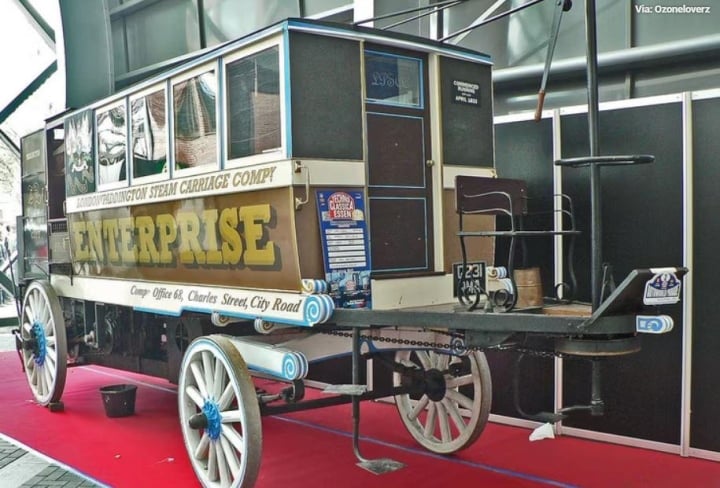
Exact power figures regarding the Hancock Enterprise’s vehicle are currently unknown, other than the fact that its engine runs around 100 rpm. Whatever it is, it has enough power to carry up to 14 passengers.
Grenville Steam Carriage 1875
This steam-powered carriage was said to be the first road vehicle with room for one passenger. In 1875, Robert Neville Grenville, a British conservative politician, began designing a steam-powered car.
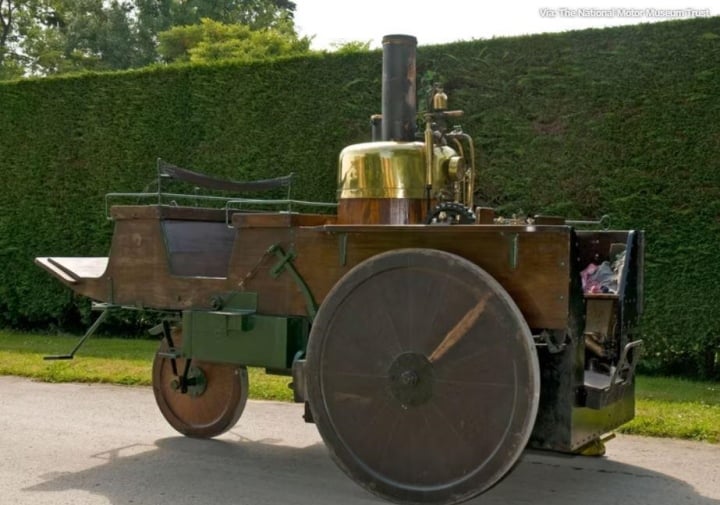
This was a period when most cars were made by hand and operating costs were quite expensive. With a strange shape, Grenvile’s car can carry 7 passengers and one of them is responsible for “taking care” of the engine, refueling and boiling water so the vehicle maintains speed.
Panhard et Levassor 1895
The oldest car today, born in 1892, is called Panhard et Levassor. This is the world’s oldest car still in operation, and runs at an average speed of 18 km/h.
Panhard et Levassor as well as most other racing cars do not have a steering wheel but just a control bar.
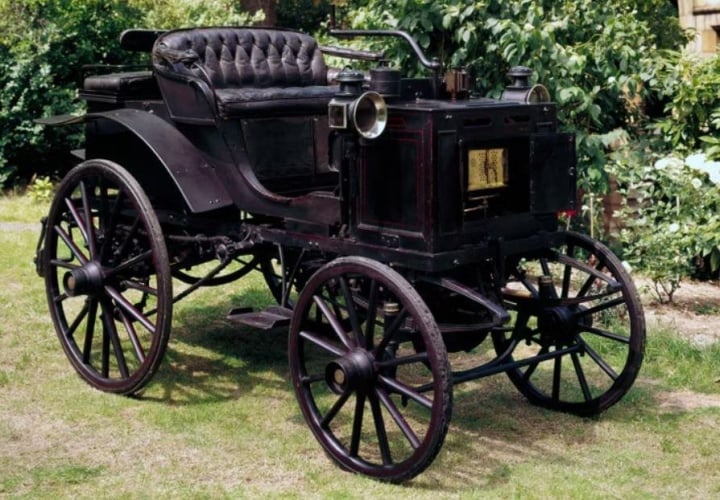
The Panhard et Levassor 1895 used an 883.5 cc V2 engine that produced 3.5 horsepower and operated at 700 rpm. The car’s powertrain was the world’s first to have a vertical design called Systeme Panhard, which later became a standard on cars. This design helps the system transmit power to the rear axle through the clutch and 3-speed sliding gearbox.
By 1904, the vast majority of car manufacturers were using manual transmissions from Panhard et Levassor. It was this initiative that helped increase engine speed and power and become more efficient. Since then, all subsequent inventions have aimed at making shifting easier and led to the birth of the automatic transmission.
Balzer 1894
This is an American-made car model. Balzer was produced in 1894 by inventor Stephen Balzer (New York). The car has a gasoline engine with a piston and crankshaft mechanism.
Stephen Balzer drove this four-wheeler into the history books as the first American-made gasoline-powered car in New York City.
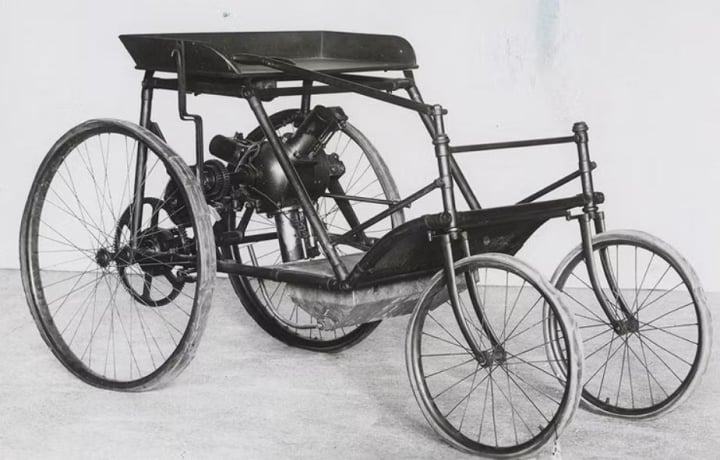
Duryea Car 1893
Brothers Charles Duryea and Frank Duryea are known as pioneers in the field of gasoline engine vehicles in the United States.
They drove their first car through the streets of Springfield, Massachusetts in September 1893. The vehicle they invented is equipped with a single-cylinder, 4-stroke, water-cooled engine.
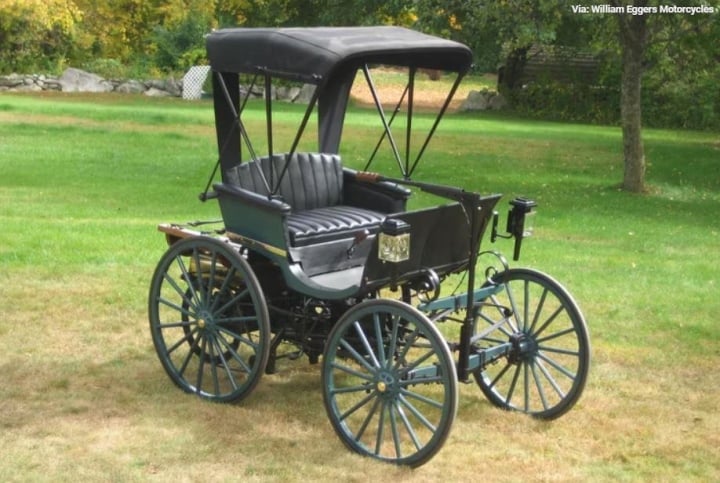
There were 13 produced and today only one Duryea 1893 remains on display at the Smithsonian Institution, Washington. This predecessor was donated to the Smithsonian in 1920 and restored in 1958.





